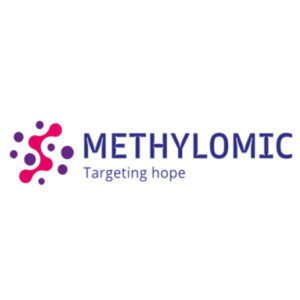 \
&
Contact us
\
&
Contact us
 \
&
Contact us
\
&
Contact us
Digital Europe funds projects in five key capacity areas (strategic objectives):
With its variety of topics the programme addresses a wide range of stakeholders: SMEs, higher education institutions, research centres, public authorities, large companies etc.
The Digital Europe Programme complements other EU programmes, such as the Horizon Europe programme for research and innovation, and the Connecting Europe Facility for digital infrastructure, the Recovery and Resilience Facility and the Structural funds.
The overall objectives, scope, outcomes and deliverables as well as budget allocations, for each topic are described in different work programmes:
All work programmes, except the Chips Work Programme, are available at this link.
Detailed descriptions of the different call topics can be found in the call documents once the calls are published on the Funding & Tenders Portal.
The legal and financial rules for Digital Europe resemble in many aspects those of other funding programmes such as Horizon Europe. However, there are some important difference that need to be taken into account, such as regards e.g. international collaboration and security restrictions. Information on the legal and financial rules can be found on our L&F overview page and in our infosheets.
Research Infrastructures Horizon Europe Digital Europe
Building on the revised Charter for access to research infrastructures , this new Charter will be specifically aimed at facilitating access of companies. It will make it easier for companies, especially small and medium-sized businesses (SMEs), startups and scaleups, to access Europe’s world-class research and technology... read more

marie.timmermann@fwo.be
+32 2 550 15 59
Find the contact info on the site of WEWIS
The National Contact Points (NCPs) provide support, guidance, and practical information to potential applicants, helping them navigate funding opportunities and application processes.
The Programme Committee (PC) members represent their country in decision-making about the work programmes, evaluate implementation, and provide strategic input on priorities and calls.
Infosheets contain edited content on aspects related to this programme. They are reviewed at least yearly.
Related links are easy pointers towards external information. We curate the list, but are not liable for the destinations.
Documents contain additional information related to this programme, and are similar to related links.

The METHYLOMIC project, ‘targeting hope for personalised medicine in immune-mediated inflammatory diseases’ obtained funding from Horizon Europe’s Health Cluster. The project aims to personalise treatment allocation and enhance the effectiveness of medications for chronic immune-mediated diseases such as Crohn’s disease, rheumatoid arthritis, and psoriasis. BIRD, the Belgian inflammatory bowel disease research and development group, is a partner in the project and is involved in the OmiCrohn trial, a prospective randomised clinical trial for individualised therapy in Crohn’s disease patients. With BIRD’s active role in this trial, the project is set to deliver predictive, biomarker-based therapies that bring renewed hope for Crohn’s disease patients across Europe.